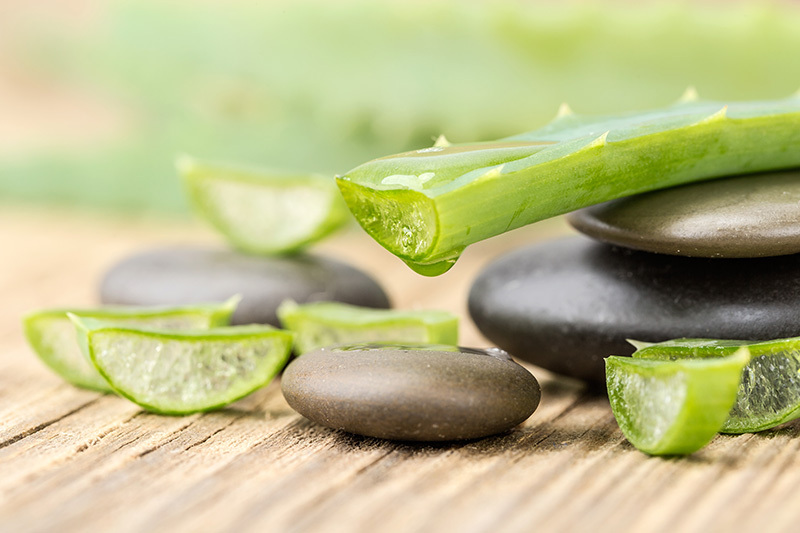The Complete Guide to Lilies
Posted on 11/02/2025
Lilies are undoubtedly one of the most beloved flowering plants in gardens around the world. Known for their trumpeting petals and intoxicating aroma, they offer a unique combination of beauty and resilience. In this comprehensive guide, we delve into everything you need to know about growing, caring for, and appreciating lilies.
Types of Lilies
Lilies come in a variety of types, with the most popular being Asiatic, Oriental, and Trumpet lilies. Each type offers unique characteristics and bloom periods, which is why understanding their differences is crucial for any gardening enthusiast.
- Asiatic Lilies: Known for their early blooming period and robust characteristics, Asiatic lilies are often the easiest to grow. They come in a wide range of colors but lack fragrance.
- Oriental Lilies: Oriental lilies bloom later in the season and are renowned for their potent fragrance. They have larger flowers compared to Asiatic lilies.
- Trumpet Lilies: These lilies stand out due to their large trumpet-shaped flowers and a blend of fragrance. They can grow quite tall, sometimes reaching up to six feet.

Planting Lilies
Planting lilies is relatively straightforward, but a few specific conditions are necessary for optimal growth.
1. Selecting the Right Site: Choose a well-draining site with at least 6-8 hours of sunlight.
2. Soil Preparation: Lilies prefer slightly acidic to neutral soil (pH 6.5 to 6.8). Add compost or organic matter to enrich the soil.
3. Planting Depth: Plant lily bulbs about 6-8 inches deep and 3-4 inches apart.
Watering and Feeding Lilies
Lilies are low-maintenance plants once established but require some attention to thrive.
- Watering: Keep the soil consistently moist but not waterlogged. Over-watering can lead to bulb rot.
- Feeding: Use a balanced, slow-release fertilizer in early spring and again when buds appear. Avoid over-fertilizing, as it can lead to weak stems.
Dealing with Pests and Diseases
While lilies are fairly resilient, they can fall prey to pests and diseases.
- Common Pests: Aphids, beetles, and slugs can pose threats. Comprehensive pest management strategies include introducing beneficial insects and using organic insecticides.
- Diseases: Botrytis blight and bulb rot are common issues. Ensure proper spacing and air circulation to combat fungal infections. Use fungicides as a preventive measure.
Overwintering Lilies
In colder climates, special care is necessary to help lilies survive winter.
- Mulching: Apply a thick layer of mulch over the planting area to insulate the bulbs.
- Container Lilies: Move potted lilies indoors during the coldest months or cover them with burlap and straw to provide protection.
Pros and Cons of Growing Lilies
Pros:
- Beauty: Lilies add stunning beauty and color to any garden.
- Fragrance: Some varieties offer a delightful scent.
- Resilience: Most lilies are quite hardy and can adapt to various conditions.
Cons:
- Pests: Susceptible to specific pests like aphids and beetles.
- Disease: Prone to fungal diseases if not properly cared for.
- Toxicity: Parts of the plant can be toxic to pets, particularly cats.
Tips for Growing Lilies
1. Companion Planting: Plant lilies with ferns or hostas to provide a natural mulch and help retain moisture.
2. Deadheading: Remove spent flowers to encourage more blooms.
3. Staking: Tall varieties may require staking to prevent the stems from bending or breaking.
4. Rotation: Change the planting site every few years to prevent soil-borne diseases.

Conclusion
Lilies are a captivating addition to any garden, offering both visual appeal and a delightful aroma. With the right care and attention, they can thrive and bring joy for many years. By following the tips outlined in this guide, you can enjoy the beauty and fragrance that lilies offer without the hassle of extensive maintenance.
Takeaways
1. Types: Understand the differences between Asiatic, Oriental, and Trumpet lilies.
2. Planting: Choose a sunny, well-draining site and plant bulbs 6-8 inches deep.
3. Care: Maintain consistent moisture and apply balanced fertilizer.
4. Protection: Use mulch for winter protection and address common pests and diseases promptly.
Lilies, with their stunning blooms and aromatic presence, are a gardener's delight. Armed with this complete guide, you're well-prepared to cultivate and enjoy these beautiful flowers to their fullest potential.











